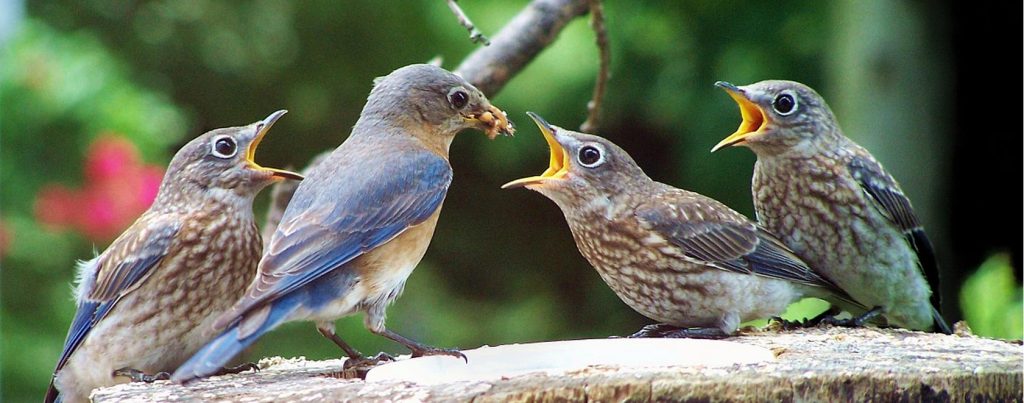
Bird Sexing PCR Test – Just $9.90 per Sample
Cheaper when even more tests!
“Accurate Bird Sexing Starts with DNA – Trust SENO Lab for Science-Backed Results and Professional Support”
🕊How To Tell The Sex of Birds🕊
Bird sexing using avian DNA analysis is a precise, science-based method that determines a bird’s sex by examining the CHD gene on its sex chromosomes. Common techniques include PCR, real-time PCR (RT-PCR), and gene sequencing.
PCR amplifies CHD-Z and CHD-W gene fragments and distinguishes sex by observing the number and size of DNA bands; RT-PCR uses fluorescent probes to monitor amplification in real time and provides automated results; sequencing offers highly accurate analysis, especially for rare or genetically diverse species. This method works for all bird species—regardless of age—and requires only a small feather, blood, or eggshell membrane sample. With an accuracy rate of up to 99.9%, DNA sexing is widely used in pet breeding, species conservation, and scientific research.

🕊How Do You Sex a Bird🕊
1. Sample Collection
Collect a small biological sample from the bird — usually 2–3 feathers with intact follicles or a drop of blood.
This step is minimally invasive and ensures the bird’s safety and comfort.
2. Sample Submission
Place the sample in the provided packaging and ship it to our lab following our easy shipping instructions.
Proper handling helps maintain DNA integrity.
3. DNA Extraction
Once received, our laboratory team extracts DNA from the feather or blood sample using certified reagents and precise protocols for reliable results.
4. PCR Amplification
We use Polymerase Chain Reaction (PCR) to amplify the CHD gene found on the bird’s sex chromosomes (Z and W).
These genes differ between males (ZZ) and females (ZW).
5. Result Analysis
Using gel electrophoresis or real-time PCR, we identify:
Male birds (ZZ) → one DNA band
Female birds (ZW) → two distinct DNA bands
6. Reporting
You’ll receive a clear, easy-to-understand report via email or print, confirming the bird’s sex with high accuracy and confidence.
About SENO Biotech Lab

Zhangjiakou SENO Biotech specializes in bird sexing through DNA testing, operating a 1,000-square-meter laboratory with a dedicated team of 15 testing technicians and 10 product developers. Located in Zhangjiakou, a city with a rich tradition of racing pigeon breeding, we have become a trusted provider of DNA-based sex identification for birds.
Our core service—racing pigeon sexing—extends beyond local and regional breeders to serve bird owners and enthusiasts from Europe, North America, Africa, and across Asia. Using state-of-the-art equipment, we deliver fast, accurate, and affordable bird sexing results, offering some of the most competitive testing rates in the world.
Features
Simple Process
- Prepare blood sampling cards and match them to your birds.
- Secure the cards inside folded A4 paper.
- Send via FedEx document express to our lab.
- Receive a report within 2 days of testing.
High-level Lab
- National high-tech enterprise
- 2,000 m² laboratory space
- 20 RT-PCR testing devices
- 15 professional testing staff
- 2 PhDs providing online technical support
Tech Capability
- Long-term partners of Hebei North University and Hebei Agricultural University.
- Tested samples from multiple countries and established long-term collaborations.
- Key Laboratory of Hebei, China.
Service
- Collect Samples from Worldwide
- Cheap Test Service Fees
- Support for building custom laboratories
- Custom reagent development
- Text kits sale
FAQs about Bird Sexing
1. What is bird sexing?
Bird sexing is the process of determining a bird’s gender, especially when male and female birds look alike. DNA-based bird sexing is the most accurate method, using genetic markers to identify the sex.
2. How does DNA bird sexing work?
DNA bird sexing analyzes the CHD gene found on the sex chromosomes of birds. By using PCR or gene sequencing techniques, laboratories can detect whether the bird has a male (ZZ) or female (ZW) chromosome pattern.
3. Why choose DNA testing for bird sexing?
DNA testing is non-invasive, highly accurate (over 99.9%), and suitable for birds with no visible sex differences. It’s safe for birds of all ages and species.
4. What bird species can be sexed using DNA testing?
DNA sexing is suitable for a wide range of bird species, including parrots, finches, pigeons, raptors, waterfowl, and exotic birds.
5. What samples are needed for bird DNA sexing?
Typically, a few feathers with blood on the shaft or a small blood sample on filter paper is sufficient for accurate bird sexing through DNA analysis.
6. Is DNA bird sexing safe for my bird?
Yes. DNA bird sexing only requires a non-invasive sample (feather or blood spot) and does not harm the bird when collected properly.
7. How long does it take to get bird sexing results?
Most bird sexing results are available within 1 to 3 working days after the lab receives the sample.
8. Can I do bird sexing at home?
Yes, many labs offer bird DNA sexing kits that allow you to collect the feather or blood sample at home and send it to the lab for analysis.
9. Is bird DNA sexing accurate?
Absolutely. When performed by a certified lab, DNA bird sexing has an accuracy rate of over 99.9%.
10. How much does bird DNA sexing cost?
Prices vary by provider and region, but most DNA bird sexing services range from $10 to $30 per bird.
11. Can I use DNA testing to sex newly hatched chicks?
Yes. DNA bird sexing can be performed on chicks just a few days old using a small blood or feather sample.
12. What is the difference between PCR and gene sequencing in bird sexing?
PCR is a fast and cost-effective method that amplifies specific DNA segments for gender detection. Gene sequencing provides deeper insights into genetic makeup and is used in complex or research cases.
